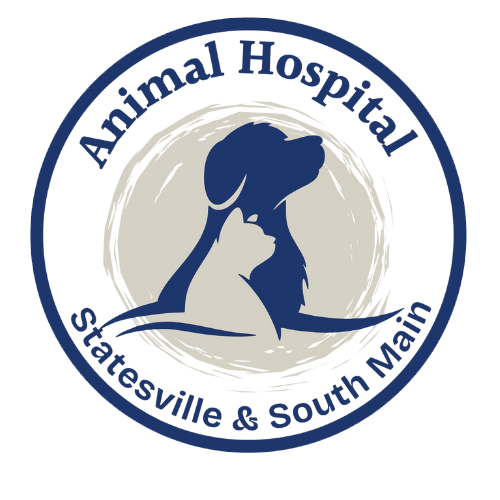How many of you have been getting into essential oils and their uses lately? How many of you have seen recent warnings about the use of essential oils leading to possible toxicity in our pets? We have heard from a lot of you with questions regarding things you have read or seen on Facebook and the internet, so we know a lot more of you have worries and questions, as well.
Essential oils have been around for many years, but have had a surge in interest and use, especially in the past few years. There have been some changes to how they are used, what products they are put in (or used directly) and diffusers. Some people assume that because they are natural, they are automatically safe, or safer than modern medications, etc. That is not necessarily true. While they can be enjoyable and useful products, they are very concentrated, very fragrant, very potent and can be very toxic in some situations. It doesn’t automatically mean that they cannot be used in households or around our pets, but it does mean that you should be more cautious around pets and how to use essential oils safely.
Cats are especially sensitive to toxicity from essential oils. The main concern is when they are absorbed orally or on the skin. The types most linked to toxicity in cats include (but are not limited to) tea tree oil, eucalyptus oil, clove oil, pennyroyal oil, cinnamon oil, peppermint oil, Ylang Ylang oil, pine oils, citrus oil, sweet birch and wintergreen oils.
When absorbed, they are processed through the liver and, because cats are not able to metabolize the oils effectively, they can be toxic. Cats can develop neurologic signs, liver failure, and drooling. In severe cases, absorption of oils can even result in death. For these reasons, cats should never have concentrated essential oils applied directly to them, their coat, their ears, etc. Also, when using diffusers for oils, the diffuser should never be in a location that a cat can reach, lick, knock over, or lay directly in front of.
Not all diffusers are created equally. Some of the older style diffusers are “passive” diffusers and use delivery systems that passively put essential oils and scents into the air. Some of these newer diffusers are considered “active” diffusers that dispense actual droplets of oils into the air, including nebulizers and ultrasonic diffusers. While most of the “passive” diffusers require a cat to be very near the diffuser, knock it over or drink from it to get the most toxic exposure, the “active” diffusers can be more dangerous if a cat is closer enough to get droplets on their coat.
Not only can absorption and ingestion cause issues with our pets from essential oils, but so can exposure from inhalation. If you recall, our pets have much more sensitive noses than we do. Essential oils often have a very powerful scent to them that even humans can appreciate as strong. Just imagine what our cats and dogs think when they inhale those intense scents! Some cats and dogs can get significant respiratory symptoms and irritation from exposure to essential oils when used. Difficult breathing, wheezing, sneezing, nasal and throat irritation, coughing, asthma, water eyes, red/burning sensations in eyes and vomiting can be seen.
While you may enjoy benefits and use of essential oils, just remember that our pets may not be enjoying or benefiting from them in the same fashion. Responsible and attentive use of the oils can hopefully results in happy and healthy pets and people!

